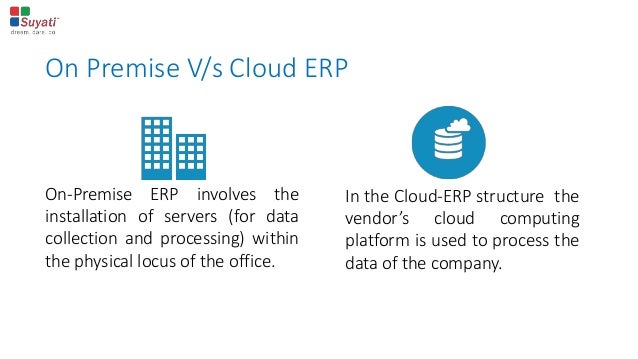Psd2 On-premise Vs Cloud
Posted : admin On 20.01.2020Areas that vary depending on which solution you deploy include cost, installation, maintenance, (DR) options and more - all of which deserve some scrutinizing before committing to either.The following chart compares these two alternatives. It offers you a quick and easy way to evaluate the pros and cons of each and helps you decide which is best for your business.Hosted UCOn-prem UCCapital expenditure (CAPEX costs)Low costs. No hardware costs -.The larger the enterprise, the greater the CAPEX costs. Expenses include phone hardware, rack space, power, cooling, etc.Installation costsLow installation costs because little/no hardware needs installing.High installation costs because hardware needs to be installed and staff/contractors need to be paid.Migration strategyIT teams can add new UC features alongside existing communications systems to evaluate deployments. New UC features/services can be readily available, allowing IT to roll out new functionality at will.IT teams usually must rip and replace existing infrastructure.
This can result in communication downtime and troubleshooting. On-prem solutions can take months, even years, to roll out company-wide.Infrastructure requiredThe hosted infrastructure required to provide UC functions (chat, presence, etc.) resides in the data center of your service provider. Your IP connection to the cloud allows users to access that functionality. Back-end infrastructure is all bundled in a monthly fee.On-prem infrastructure may vary by vendor but will typically include: proprietary control units to house analog telephony boards; server(s) for hosting voicemail; UC functions (chat, presence, etc.); and sometimes management/administration functions.Provisioning requirementsLandline connectivity is provided in the cloud. So, there is one less contract to worry about - since the cost of this connectivity is bundled into your per-user fee.For in/outbound calling, IT must provision (in blocks of 23) analog land lines, which can be provided by a full T1 circuit that requires a telephone company contract.LicensingProviders typically charge a per-user licensing fee.Licensing is. There are OPEX costs for software maintenance on the license to ensure support and functionality upgrades.Maintenance and updatesSoftware updates are maintained by the cloud provider, so subscribers will always be up to date.Updating features may need to be repeated a number of times, depending on the architecture of the on-prem solution.
Ping Psd2
Upgrades or feature enhancements can take months or even years.Total cost of ownership (TCO)can be substantial.are much higher than hosted UC.Disaster recovery (DR)Hosted UC makes you reliant on your Internet link and hosting service. Most providers do offer reliable redundancy. One con is you don't have immediate access to your equipment like you would with on-prem UC.It can be expensive to include redundancy into on-prem UC. Only larger enterprises can typically afford investing in DR.
One pro is that you have access to equipment for troubleshooting at any time.For more information, read our tip on the. @ BLThomas - Actually, the Cloud story is just beginning. It is much more than one 'server room somewhere else'. If the provider is truly a Cloud Provider, there are many servers in multiple 'somewhere else's. They provide security and true business continuity that few large enterprise businesses and even fewer small-midsize businesses can afford - or effectively manage.The beauty of the Cloud, whether it is Desktop as a Service, Software as a Service, or Unified Communications as a Service is that the cost of all the redundancies and software maintenance (and upgrades, additional features, and training, and.) are cost-shared across multiple customer organizations.

So, to answer to your question - yes even for large enterprises, we can almost always win the Total Cost of Ownership comparison against an on-premise system. Add My Comment.
Cloud is probably the most abused tech term. Although I understand the intent of the article, I think we need to explicit about type of offering rather than just saying 'on-prem vs cloud UC'. In this article, author really intent to say 'on prem vs SaaS UC offering'. There may also be a possibly that customer still manages their own instance of UC software deployed in IaaS (AWS, Azure etc.) - just replace own DC with IaaS. In that case, almost all points mentioned will be applicable in the same way as on-prem deploymentAdd My Comment.
Doma TV Croatia is a Croatian-language TV broadcaster located in Croatia. It’s an entertainment channel that airs an eclectic array of reality series, lifestyle programs, scripted TV shows, and more. You can watch the channel online via its video-on-demand collection, updated regularly. Name: Doma TV Croatia Location: Croatia. Program tv doma. Television-Live.com – Catalog of international television channels. The most popular TV stations and the internet TV channels of different genres are collected in the online directory of the television channels: music, general, sport, information, entertainment, tv channels for children, and as.